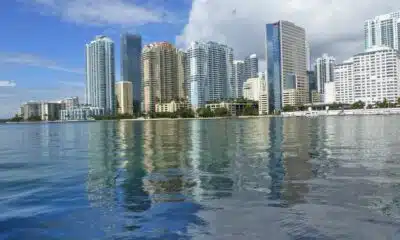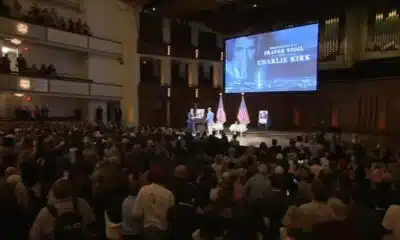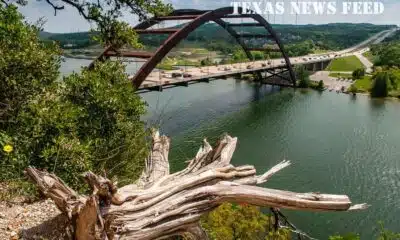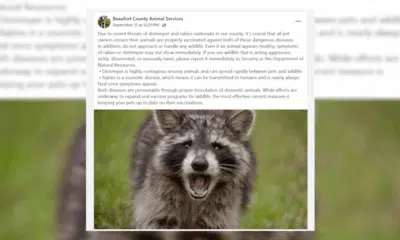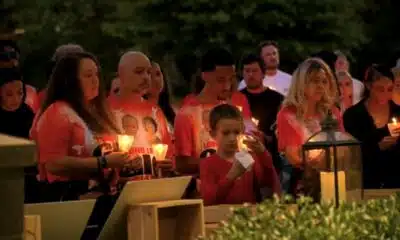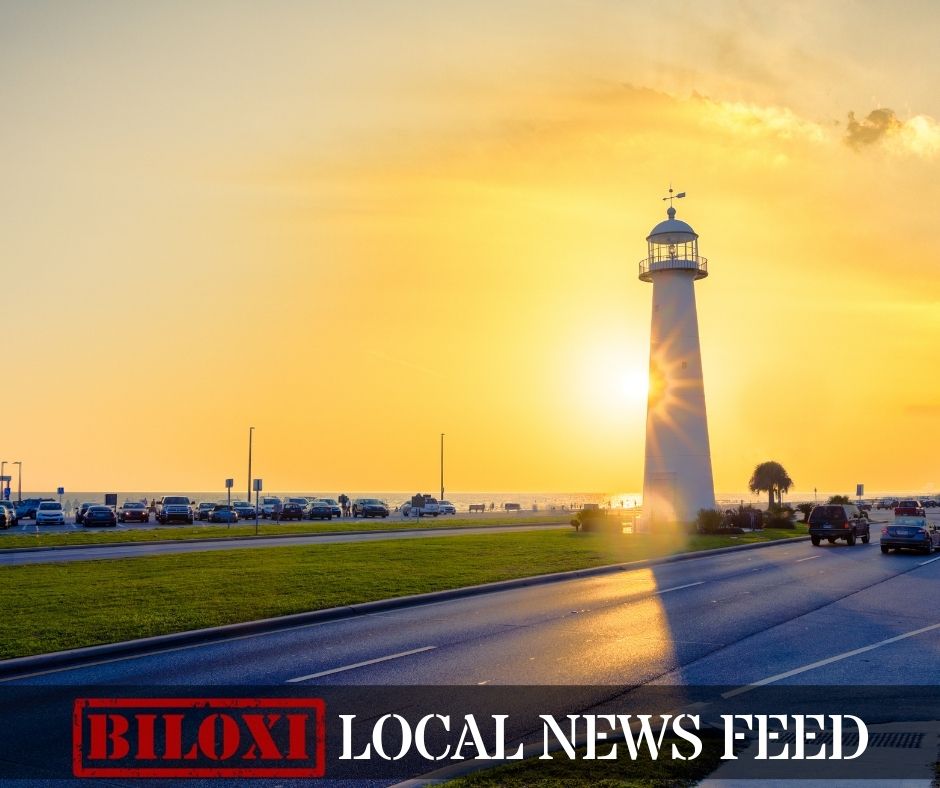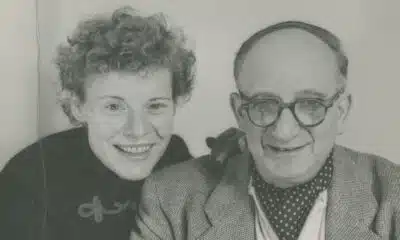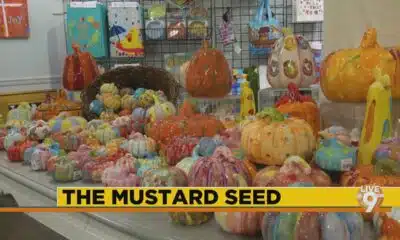News from the South - West Virginia News Feed
The ‘One Big Beautiful Bill’ threatens the work done on the overdose crisis in West Virginia
by Kaitlin May, West Virginia Watch
June 18, 2025
Every day, I work on the frontlines of the addiction and overdose crisis here in Charleston, a crisis that has hit West Virginia harder than any other state in the nation. This work is difficult.
As a clinical psychologist, I sit with people as they recall name after name of friends and loved ones lost to overdose. I listen as people recount their own near-misses and overflowing of gratitude for life saving overdose reversal medications.
But all of this work is at risk because of the “One Big Beautiful Bill Act” that was adopted by the House of Representatives last month and is now before the U.S. Senate. This legislation slashes Medicaid by around $800 billion and will harm millions of people across the country, including 507,000 West Virginians who are only able to access critical health care because of this life-saving program.
Medicaid is the largest provider of addiction treatment in the country, providing coverage for 56% of people who utilize medications for opioid use disorder (OUD) and 64% of people who receive outpatient treatment for their OUD. Over 34,000 West Virginians rely on Medicaid for addiction services that would otherwise be unavailable. The majority of my patients with OUD use Medicaid to access lifesaving treatment and care. I have seen, over and over, how Medicaid saves and changes lives.
Cabin Creek Health Systems is a Federally Qualified Health Center that operates six integrated primary care clinics and eight school-based clinics across Kanawha County. Our goal has been, and always will be, to provide care to anyone, regardless of their ability to pay. Medicaid is a critical piece to achieving this goal that allows us to meet our patients where they are, financially, and still keep the lights on. If passed, Medicaid cuts would make it extremely difficult for many of my patients and others across Cabin Creek Health Systems to receive the care they depend on — from primary care to behavioral health, to our black lung clinic and addiction treatment programs.
One of the most harmful provisions in the bill — the work reporting requirement — forces many people on Medicaid to update the government every month on how many hours they have worked. If they fail to comply, they will lose their health care coverage.
As many as 110,000 hardworking and otherwise eligible West Virginians could lose their health care, simply because they sent the wrong form, couldn’t pick up enough shifts at work, or needed to take care of a loved one. The members of Congress who support this provision mistakenly believe it encourages people to work. The reality is that most people on Medicaid already work. These work reporting requirements would create a web of red tape that will push thousands of people off Medicaid.
We saw this very situation following the unwinding of expanded Medicaid access that occurred as a result of the COVID-19 pandemic. Thousands of West Virginians — many of whom met all eligibility requirements — were suddenly left in a panic when they walked in for medical appointments only to find out they had lost their health insurance overnight, often due to something as simple as forgetting to notify Medicaid of a change of address or phone number.
While we were able to continue care for our patients and assist many in the long and arduous process of re-applying, many other health systems were not equipped for this, and many patients went without lifesaving medical care.
Patients don’t need more hurdles and barriers to care, especially the many who are already in poor health, disabled, dealing with substance use disorders, or living in challenging circumstances. They have enough to juggle without the risk of losing their health care hanging over their heads every single month.
If patients lose Medicaid, many will be forced to wait until they’re in a crisis and will go to the emergency room, instead of receiving less expensive preventative care at a clinic. This unnecessarily expends precious resources and burdens the health care system.
Health care systems will also be facing extreme challenges from the financial strain imposed by the legislation. Many of West Virginia’s rural hospitals may be forced to close as a result of this bill. This puts the lives and well-being of West Virginians at risk. Our community members should not be forced to drive for hours to receive care.
If the goal is to improve the health and well-being of West Virginians, to reduce overdose deaths, to incentivize work, and to improve management and occurrence of chronic health conditions, this legislation is not the solution. The good news is that our senators, Sen. Shelley Moore Capito and Sen. Jim Justice, have witnessed firsthand the challenges we face and the impact this legislation will have on West Virginians. We urge them to continue to safeguard the health of West Virginians and to spare us from this looming catastrophe by opposing this legislation.
GET THE MORNING HEADLINES.
West Virginia Watch is part of States Newsroom, a nonprofit news network supported by grants and a coalition of donors as a 501c(3) public charity. West Virginia Watch maintains editorial independence. Contact Editor Leann Ray for questions: info@westvirginiawatch.com.
The post The ‘One Big Beautiful Bill’ threatens the work done on the overdose crisis in West Virginia appeared first on westvirginiawatch.com
Note: The following A.I. based commentary is not part of the original article, reproduced above, but is offered in the hopes that it will promote greater media literacy and critical thinking, by making any potential bias more visible to the reader –Staff Editor.
Political Bias Rating: Left-Leaning
This article takes a critical stance on Republican-backed legislation that would reduce Medicaid funding and implement work requirements, arguing these measures would harm vulnerable populations in West Virginia. The tone is emotionally charged and heavily favors the continuation and expansion of government-supported healthcare, portraying Medicaid as essential and life-saving. It frames the bill as a threat to public health and economic stability, with little acknowledgment of opposing viewpoints. While grounded in personal and clinical experience, the piece aligns with progressive values that emphasize social safety nets, healthcare access, and opposition to restrictive welfare reforms.
News from the South - West Virginia News Feed
Ohio neighborhood fears landslide as retaining wall slips
SUMMARY: In Portsmouth, Ohio, a retaining wall has been slipping for about five years, causing fear among residents like the Yuri family who moved in just before the slip began. Despite support beams installed two years ago, cracks in the wall allow water to gush through, flooding parts of the road and raising concerns about a potential catastrophic landslide. Local councilman Shawn Dun highlights questions about the wall’s stability and estimates repair costs near $2 million, with the city seeking grants to fund the work. Residents anxiously await repairs, hoping the problem will be resolved soon to prevent disaster.
A cloud of concern hovers over one Portsmouth neighborhood. Those living along Richardson Road wonder how much longer a retaining wall will hold and keep a hillside from sliding that would damage their property. The support wall began slipping 5 years ago. A couple years later, support beams were put in place for a problem that those living along the street say is a ticking time bomb.
FULL STORY: https://wchstv.com/news/local/a-ticking-time-bomb-has-a-portsmouth-neighborhood-living-in-fear
_________________________________________
For the latest local and national news, visit our website: https://wchstv.com/
Sign up for our newsletter: https://wchstv.com/sign-up
Follow WCHS-TV on social media:
Facebook: https://www.facebook.com/eyewitnessnewscharleston/
Twitter: https://twitter.com/wchs8fox11
Instagram: https://www.instagram.com/wchs8fox11/
News from the South - West Virginia News Feed
Christian's Latest Forecast: More Dry Days; Rain Potential Late Next Week
SUMMARY: Storm Watch meteorologist Christian Boler reports mild, mostly dry weather continuing through the weekend with temperatures around 80°F and partly cloudy skies. A high-pressure system will maintain these warm, dry conditions into early next week. Some unorganized tropical rainstorms may bring isolated showers from Tuesday night into Wednesday morning, followed by a dry midweek. Saturday promises significant rainfall, helping to relieve recent dry and minor drought conditions affecting vegetation. Temperatures have shifted from below to above average this week but will dip below average later in the month. Overall, expect more dry days with rain potential late next week, improving moisture levels regionally.
FOLLOW US ON FACEBOOK AND TWITTER: https://facebook.com/WOAYNewsWatch https://twitter.com/WOAYNewsWatch.
News from the South - West Virginia News Feed
Road-widening project gets completion date, property issues remain unclear
SUMMARY: The Cross Lanes road-widening project, expanding Route 622 from Golf Mountain Road to Route 62 near Andrew Jackson Middle School, has resumed after a ten-month pause. Originally set for completion in June 2025, the new completion date is February 2027 due to delays caused by utility pole relocations. Construction is causing traffic congestion, especially around the Kroger turning light, which is being studied for timing adjustments. Despite frustrations, officials emphasize the long-term benefits. Property issues, including damage claims and easements, remain unresolved. Kanawha County lawmakers continue to provide updates as the project progresses.
Source
-
The Center Square7 days ago
What are data centers and why do they matter? | National
-
Our Mississippi Home7 days ago
Rolling Through History: The Comfort and Culture of Dumplings
-
Local News7 days ago
Steven Spielberg celebrates ‘awesome’ 50th anniversary ‘Jaws’ exhibition at Academy Museum
-
Local News6 days ago
DNA evidence found near scene of Charlie Kirk’s shooting matches suspect, FBI director says
-
Our Mississippi Home6 days ago
Family of Curious George Creators to Visit de Grummond in Hattiesburg
-
News from the South - Florida News Feed6 days ago
Orlando restaurant owner invites artists to parking lot amid federal fight against street art
-
Mississippi News Video6 days ago
The Mustard Seed
-
SuperTalk FM5 days ago
Hyde-Smith, Warnock team up to recognize Gold Star Families Remembrance Week



